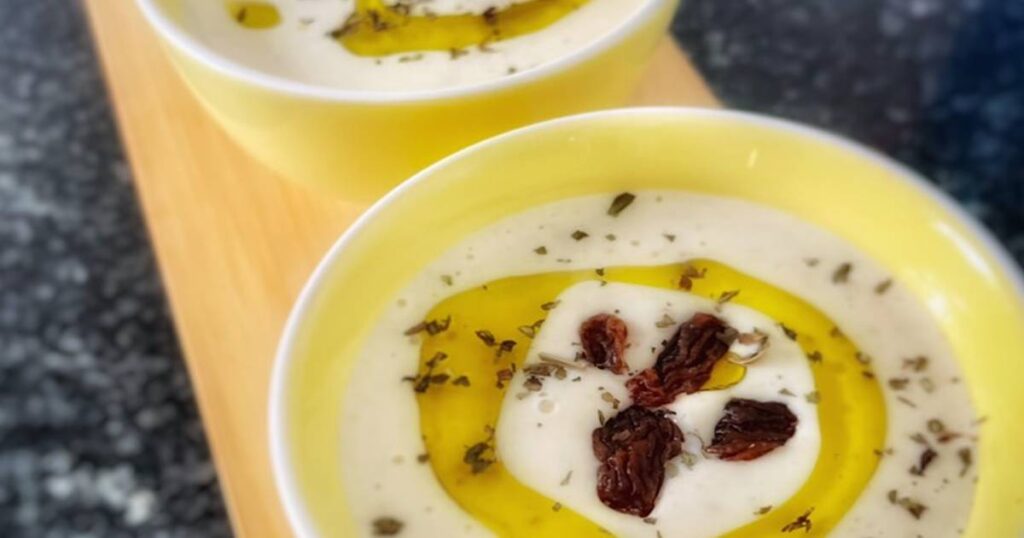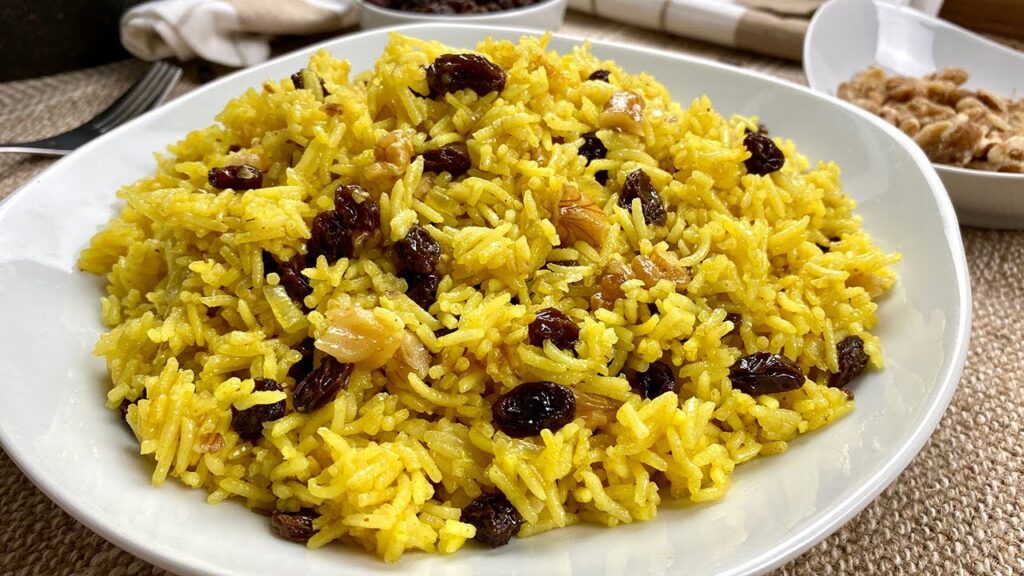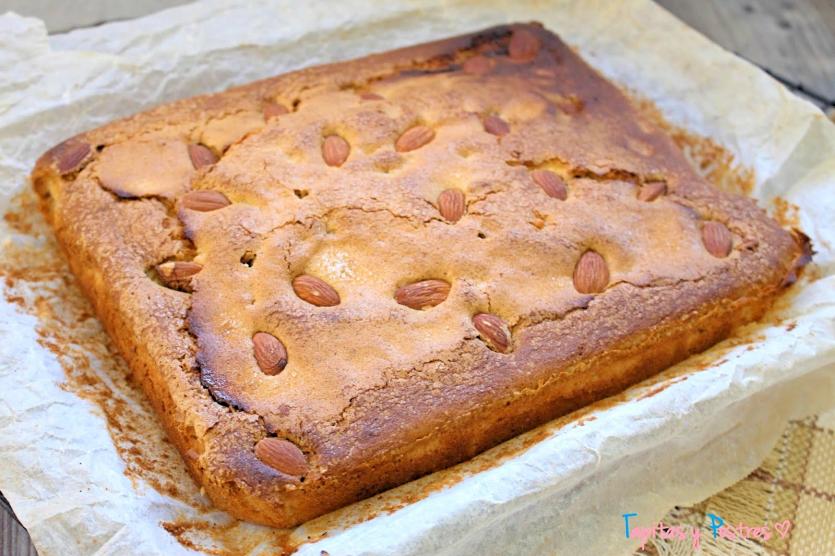Thanks to the Arab presence in Andalusia from 711 to 1492, they left a rich cultural and patrimonial legacy. You already know that they influenced the way of life of the Andalusians with sciences, philosophy, architecture, and a long etcetera.
Well, one of the things that also changed was agriculture, which brought new ingredients to our kitchens. That is why in this post we are going to tell you how the Arabs influenced the Spanish cuisine, especially that of the Axarquia, and which current dishes are of Arab origin.
What is Axarquia?
It is one of the regions of the province of Malaga, which extends through the east of Malaga and includes villages such as Nerja, Torrox, Colmenar, Frigiliana, Alcaucin, Comares, etc ….
Fruits and salads
In addition to improving cultivation methods, the Arabs brought us new techniques and mixtures in the kitchen.
One of the most popular mixes was the new way of making salad, mixing olive oil and olives with lettuce leaves.
As for fruits, apart from bringing fruits from China such as oranges and lemons or from their own land, such as dates, the Arabs taught us how to dry the fruit. That’s how we got our characteristic raisins, dried apricots, etc…
We can appreciate this in dishes and products of the Axarquia such as Moscatel wine or liver pate with raisins.

Another dish of Arabic origin with these ingredients is ajoblanco, which is prepared in summer in the Axarquia region with garlic, olive oil, almonds, bread, salt and vinegar, all mixed together, and accompanied by grapes (either natural or raisins, apple or melon).
Spices and seeds
These ingredients are the most important of all the ingredients they brought, as spices not only give a unique flavor to our dishes, but also act as an enhancer.
Saffron, cinnamon, sesame, ginger, anise and nutmeg, among others, arrived in Andalusia with the Arabs.
In addition, they also brought us sugar cane, perfect for making jams and sweets. It is impossible to imagine without spices and seeds the anise porridge with cinnamon, the oil and anise cakes, the typical rice dishes with saffron, etc…

They also taught us how to make cane honey from cane sugar. Nowadays in Andalusia it is used especially to prepare the typical eggplants with cane honey.
Taste the typical dishes of the Axarquia and the rest of Malaga with our gastronomic tour with flamenco show included from only 95€.
Did you know that flamenco and the Spanish guitar are also of Arabic origin?
Cereals
The Arabs increased the Andalusian wheat harvests by improving it with new techniques, yes, and brought us other types of wheat such as red wheat and black wheat or buckwheat, which we use to make whole wheat breads.
But, without a doubt, the most important thing they did was to introduce us to rice. Without it, it would be impossible to make a delicious paella or rice pudding.
Delicious sweets
For starters, they say that 70% of Spanish pastries come from Arabic. Think sweets made with sugar, nuts like almonds and rice, of course.

In fact, most of our typical Christmas sweets also have Arab origin. We are talking about nougat, marzipan, pestiños, mantecados, piñonate, tocino de cielo…. The list is endless.
At that time, almost all sweets were either fried (such as rosquillas de anís, buñuelos, churros…) or baked (such as pastel maimones, roscón de reyes, etc.).



